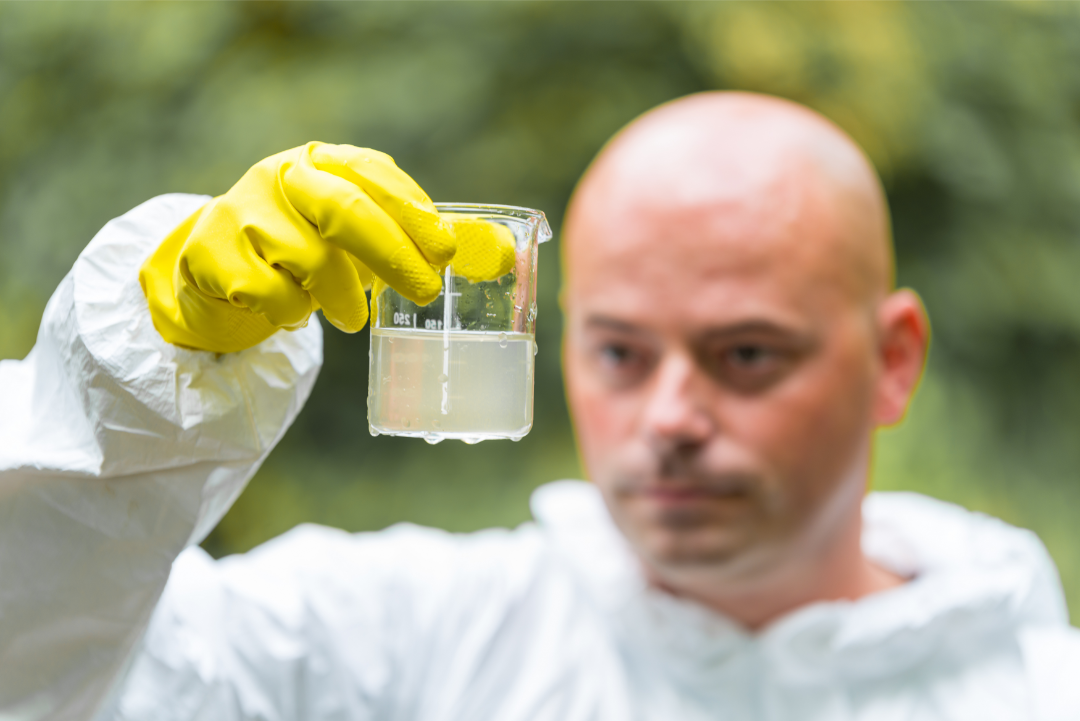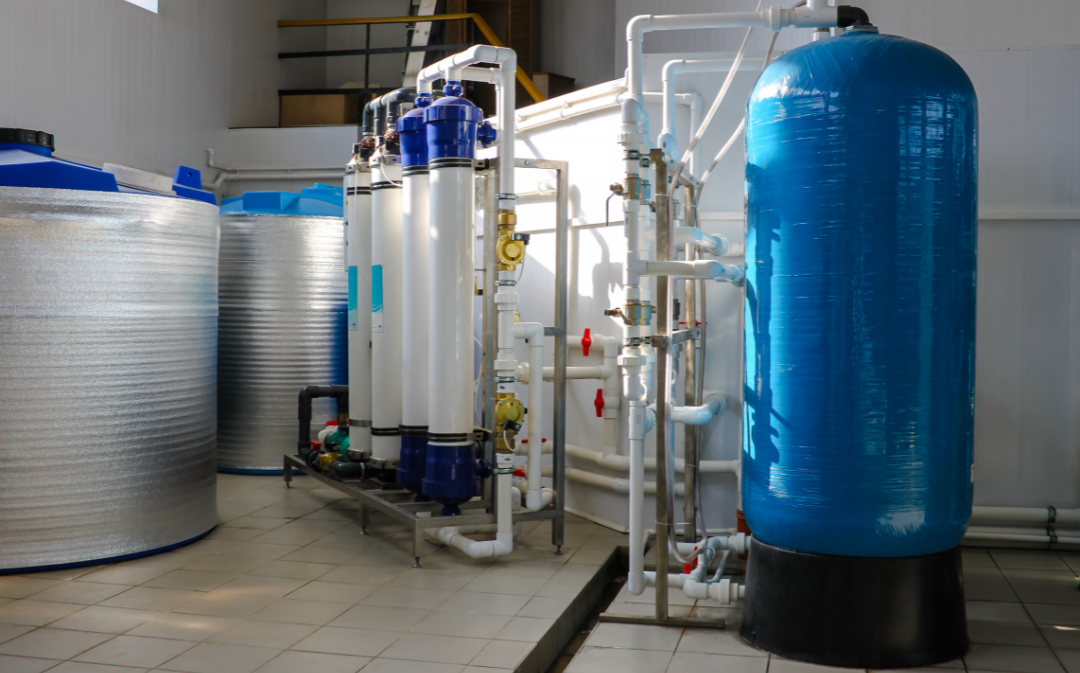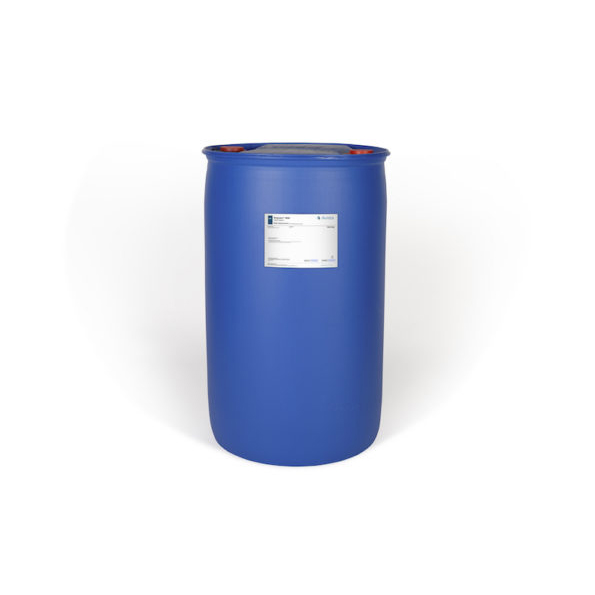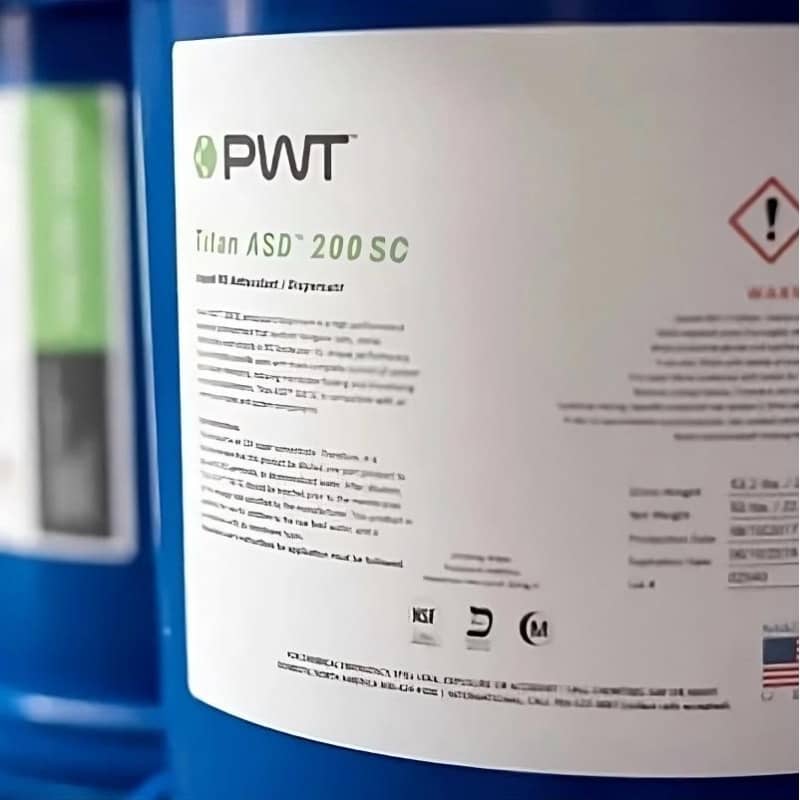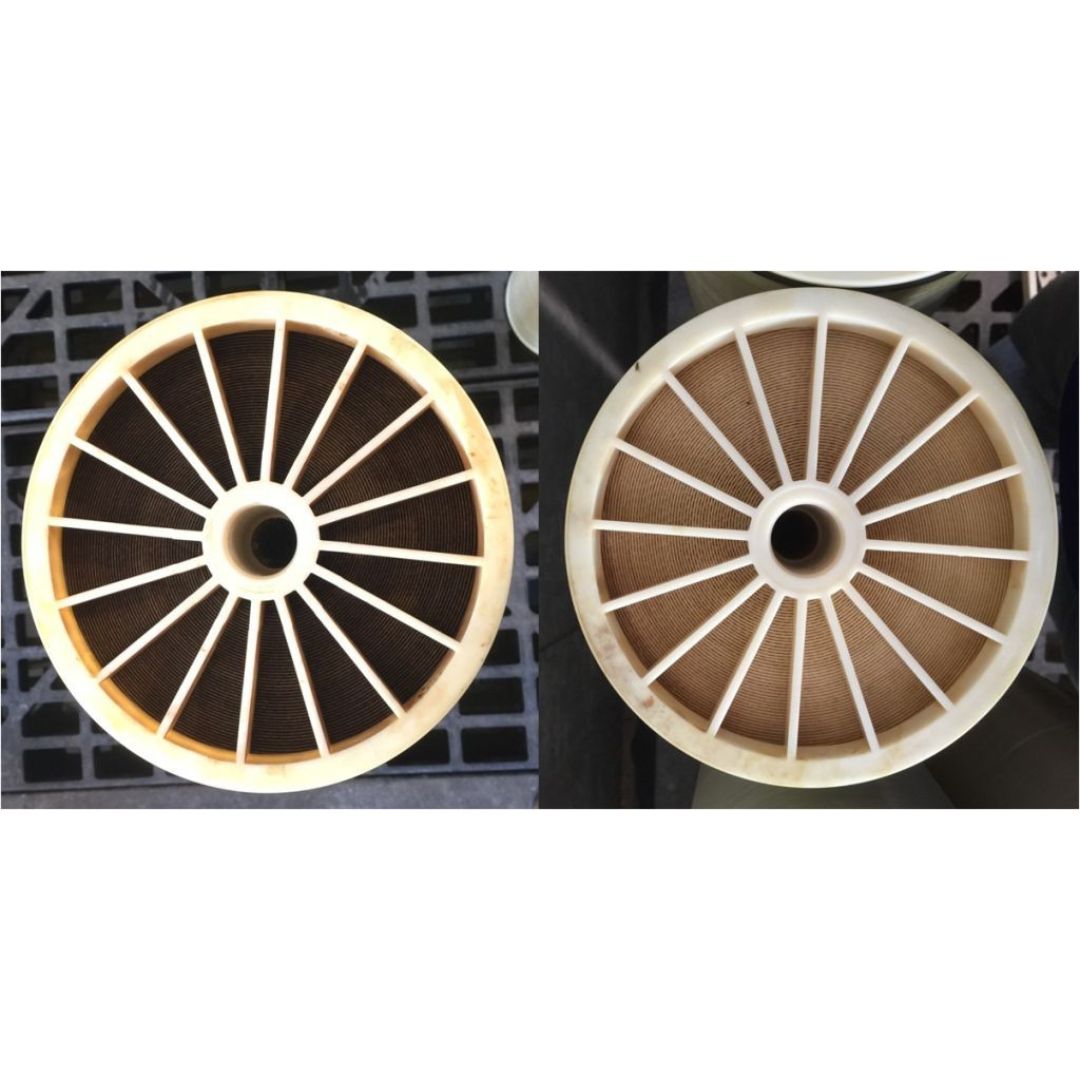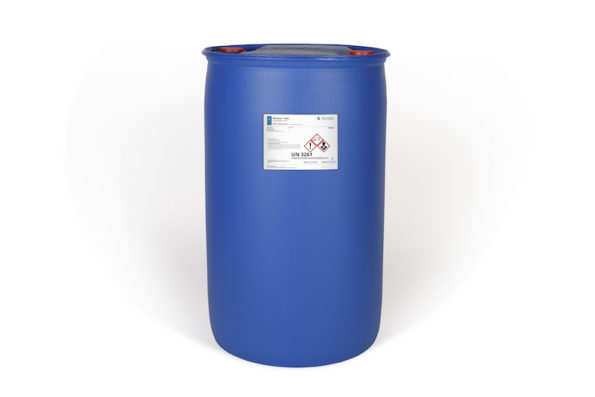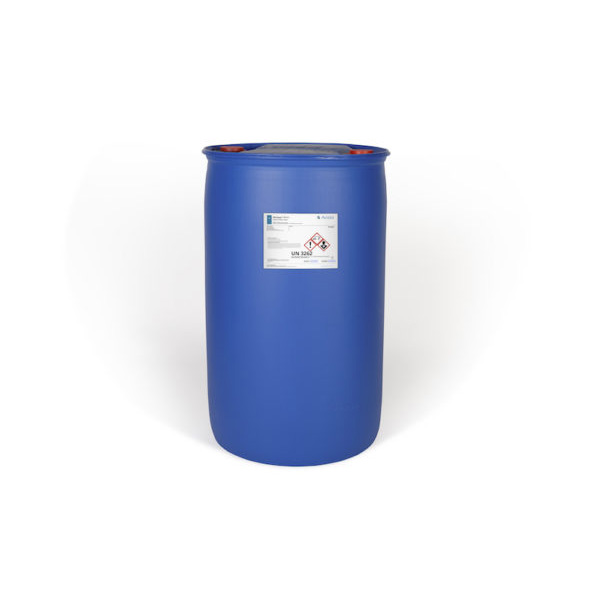
Arsenic in drinking water
Arsenic is a naturally occurring toxic chemical that in high concentrations can cause serious health problems, including heart disease, diabetes, neuropathy and several types of cancer. But did you know that arsenic is often found in drinking water? Around the world, many people drink water with dangerously high levels of arsenic without realizing it. In this article, we will explore the importance of removing arsenic from drinking water and how it can affect our health if we do not take the proper steps to eliminate it. In addition, we will discuss various treatment techniques and possible solutions to ensure that the water we drink is safe for our health.
What is arsenic?
Arsenic is a chemical element whose symbol is As. It has a silvery-white crystalline and semi-metallic color.
Atomic weight 74.922 g / mole.
Atomic number 33.
It is odorless and tasteless. It enters drinking water from natural reservoirs in the ground or from agricultural and industrial practices.
 Non-cancerous effects may include thickening and discoloration of the skin, stomach pain, nausea, vomiting; diarrhea; numbness in the hands and feet; partial paralysis; and blindness. Arsenic has been linked to cancers of the bladder, lungs, skin, kidneys, nasal passages, liver and prostate.
Non-cancerous effects may include thickening and discoloration of the skin, stomach pain, nausea, vomiting; diarrhea; numbness in the hands and feet; partial paralysis; and blindness. Arsenic has been linked to cancers of the bladder, lungs, skin, kidneys, nasal passages, liver and prostate.
The U.S.Environmental Protection Agency (EPA) has set the drinking water arsenic standard at 0.010 parts per million (10 parts per billion) to protect consumers in public systems from the long-term effects of chronic arsenic exposure.
Sources of exposure
It is present in air, water and soil. In its inorganic form it is a very toxic element, being exposed to this element in its inorganic state can cause a variety of skin infections or skin cancer.
The most common ways of being exposed to this element are as follows:
Arsenic in food and water consumption:
Inorganic arsenic is present at high levels in groundwater. The main sources of exposure are: water that is intended for human consumption, water for crop irrigation and food that is prepared with crop water.
Seafood, fish, poultry, beef, dairy products and cereals can also be sources of arsenic, the exposure in these foods is much lower than that from contaminated water. In shellfish, arsenic is usually in its organic form, which is less toxic.
Industrial processes:
In the industrial field, arsenic is used as an alloying agent and to process glass. pigments, textiles, paper, metallic adhesives and ammunition. Arsenic is also used in leather tanning, pesticide manufacturing and pharmaceuticals.
Tobacco:
Natural tobacco contains inorganic arsenic, as tobacco plants essentially absorb arsenic naturally present in the soil.
Health effects
Arsenic exists in organic or inorganic form, its inorganic form is the most toxic of all and the organic form found in fish and shellfish is less harmful to health.
Acute effects:
Immediate symptoms of arsenic poisoning include vomiting, abdominal pain and diarrhea. Other effects such as numbness or tingling in the hands and feet or muscle cramps and in the most extreme cases death may occur.
Long-term effects:
Long-term exposure to arsenic can cause symptoms such as skin pigmentation changes, skin lesions, calluses on the palms of the hands and soles of the feet. These effects occur after exposure for about 5 years and may be a precursor to skin cancer.
Another negative effect can be bladder and lung cancer. The International Agency for Research on Cancer (IARC) has identified arsenic and arsenic compounds as carcinogenic to humans; arsenic found in drinking water has also been included in the category by IARC.
Ingesting arsenic can also cause developmental problems, neurotoxicity, diabetes, lung disease and has even been linked to gangrene problems. Arsenic is associated with adverse pregnancy outcomes and infant mortality.
Arsenic poisoning in water.
Inorganic arsenite (arsenic (III)) in drinking water has a much higher acute toxicity than organic arsenate (arsenic (V)). The minimum acute lethal dose of the element in adults is estimated at 70 to 200 mg or 1 mg/kg/day.
Chronic intoxication from drinking contaminated well water over a long period of time. Many aquifers contain high concentrations of salts of the element. The World Health Organization recommends a limit of 0.01 mg/l (10 ppb) of arsenic in drinking water. This recommendation was established based on the detection limit for most equipment testing laboratories at the time of publication of the WHO water quality guidelines. More recent findings show that consumption of water with levels as low as 0.00017 mg/l (0.17ppb) over long periods of time can lead to arsenicosis.
Symptoms of poisoning include abdominal pain, diarrhea, vomiting, dark urine, dehydration, vertigo, delirium, shock and death.
One of the worst incidents of arsenic poisoning through water occurred in Bangladesh, which the World Health Organization called the “largest mass poisoning of a population in history”.
Mining techniques such as hydraulic fracturing can mobilize arsenic in groundwater and aquifers due to enhanced methane transport and the resulting changes in redox conditions, and inject additional arsenic-containing fluid.
Arsenic poisoning can cause a number of long-term conditions, such as heart disease and cancer.
As with most toxins, it is not necessary to be exposed to high levels of arsenic for long periods of time. Even low levels can cause health problems.
Arsenic can be absorbed through the skin and mucous membranes. It can also be inhaled and ingested, but it is unlikely that enough arsenic is absorbed through these routes to cause poisoning.
What are the methods used to remove arsenic from water?
EPA has not yet determined the best technology for removing arsenic in water. But some studies have been conducted to reduce arsenic concentrations to below levels of 0.20 µg/l.
There are six possible treatments under certain water characteristics that can lower arsenic levels:
Coagulation with filtration.
The coagulation process consists of adding a metal-based coagulant, such as ferric chloride (FeCl3), to water contaminated with arsenic. FeCl3 hydrolyzes in water to form positively charged ferric hydroxide [Fe (OH)3]. Arsenic must be in oxidized form to be effectively removed [As(V)]. Therefore, if arsenite [As(III)] is present, it may be necessary to oxidize it to As(V) using chlorine. Arsenate [As(V)] is a negatively charged anion and absorbs the positively charged Fe(OH)3 particles or flocs. Sedimentation and filtration processes then remove the arsenic particles.
Activated alumina.
The adsorption process with activated alumina is very sensitive to the pH of the water, the highest efficiency is obtained at pH values between 5.5 and 6.0. For this reason, it is required to adjust the pH of the water to be treated to a value in the above mentioned range. On the other hand, contaminants such as silica, fluorine, selenium, and sulfates at high concentrations block the active adsorption sites and cause rapid saturation of alumina, reducing its efficiency with respect to arsenic removal. The water produced by this technique has a pH <6.5, so it needs to be readjusted with an alkaline reagent.
In the regeneration of activated alumina, the adsorbed arsenic is recovered only 50 to 70%, so the capacity of the adsorbent medium decreases by 5 to 10% in each operation cycle. After a period of use, it is necessary to replace it completely.
Ion exchange.
In anion exchange, two types of resin are needed, one anionic and one cationic. These resins also remove sulfates, nitrates, arsenic and regulate the pH of the water. The cost of operation and maintenance is comparatively low when compared to reverse osmosis (RO) or ultrafiltration (UF). However, in the case that there are other compounds such as those mentioned above and only arsenic needs to be removed, it would not be the best alternative.
Reverse osmosis.
In addition to ion exchange, arsenic is also removed by a reverse osmosis system. Reverse osmosis systems can retain up to 99% of total dissolved solids (TDS), including arsenic in water. The pore size of the RO is so fine that only water molecules pass through. This system is perfect for potable water application or any other application that requires the most purified form of water, as it removes all the contaminants that the water contains, making this purification method a more comprehensive solution. In terms of operation, this is one of the simplest and safest systems to operate, as it does not require the handling of acids or hazardous chemicals.
Electrodialysis.
It is a purification technique that can remove ionic compounds from liquid solutions using selective permeable membranes in a constant electric field (Guastalli, 2004).
This technique has the ability to remove charged contaminant ions down to 0.0001 µm, using membranes or porous membranes of ion exchange resins with a low relative permeability to water. This method, like reverse osmosis, is not selective to only remove arsenic.
The EPA standard for arsenic in water is 10 parts per billion.
The EPA standard for arsenic in water is 10 parts per billion.
Arsenic is a naturally occurring element, but it is also added to some pesticides and medicines, and is sold by itself in powder or liquid form. It can be released into the air and water through industrial processes, the burning of coal and garbage, certain by-products of mining operations, waste from paper mills and foundries (which process metals), or even manure from farm animals that use arsenic to kill parasites.
Just as it makes it difficult for us to remove arsenic from water, it also makes it difficult for animals, such as fish, to survive. If you have fish living in your private well or in a spring-fed pond (especially if they are near crops grown with contaminated soil), you should take precautions not to endanger them by using that water source, first filtering out any contaminants before using it for drinking or cooking; the same goes for livestock drinking directly from private wells without filtration systems installed beforehand!
There are several types of health effects associated with exposure: stomach cancer; lung cancer; bladder cancer; skin lesions such as pigmentation changes due to increased melanin production caused by UV rays that are more readily absorbed by damaged skin cells versus healthy ones (which brings me back to ….).
If your well has arsenic, you may need to consider getting bottled water or purchasing a reverse osmosis system.
There are a few things you can do to reduce the amount of arsenic in your water. If you have a well and your water is contaminated with arsenic, you may consider installing a reverse osmosis system or buying bottled water at the store. The cost of buying bottled water can be less than installing a reverse osmosis system. Reverse osmosis systems typically cost $200 to $5,000 or more to install and require regular maintenance and replacement filters that must be changed every six months. Bottled water has an initial cost, but very little afterwards once purchased, as this type of filtration system requires no additional maintenance or replacement parts.
The frequency with which filters need to be changed varies depending on the number of people using them and the amount they use (for example, if one person drinks two liters per day). The rule of thumb is: if there is any doubt about whether something should go in the dishwasher or washing machine before putting it in, hand wash it instead! This also includes fruits, such as apples, as they often contain not only pesticides, but also fungicides that help prevent the appearance of mold in our homes.”
Most states do not require private wells to be tested.
- Most states do not require wells to be tested.
- If you are concerned about arsenic, you can have your well tested.
- You can also purchase bottled water or a reverse osmosis system.
Arsenic can be a serious problem, especially for people with compromised immune systems.
The bottom line is that arsenic can be a serious problem, especially for people with compromised immune systems. If you live in an area where the water contains arsenic, you should test it and consider treating the water if you find it contains arsenic.
You can test for the presence of arsenic in drinking water with a test kit found in home improvement stores or on the Internet. Many places will also do free trials if they don’t sell any kits, so call around until you find one that offers this service.
Conclusion
Arsenic is a serious problem, especially for people with compromised immune systems. It is important to check for the presence of arsenic in the well, as it can cause long-term diseases such as heart disease and cancer. If you test positive for arsenic, you may need to purchase bottled water or a reverse osmosis system. You should also consider testing your well if you have symptoms such as nausea or diarrhea after drinking from it regularly for a period of time (more than three months).
You can contact us for a solution to arsenic water contamination.
Source:
US EPAOrganization.
Need a quote, write to us.
Some products that may interest you
-
RoClean L211 cleaning of membranes with organic matter fouling
Add to quote -
RoQuest 3000 Organic Liquid Coagulant from Avista
Add to quote -
Titan Antifouling for Reverse Osmosis Membranes
Select options -
RoClean P112 Membrane Cleaner for Silica SiO2
Add to quote -
RoClean P303 Calcium Carbonate & Metal Scale Cleaner
Add to quote -
RoClean P111 Biofouling RO Membrane Cleaner
Add to quote -
RoClean L403 Calcium Carbonate and Metal Scale Cleaner by Avista
Add to quote -
RoQuest 4000 Liquid Coagulant for Organic Matter Avista
Add to quote

